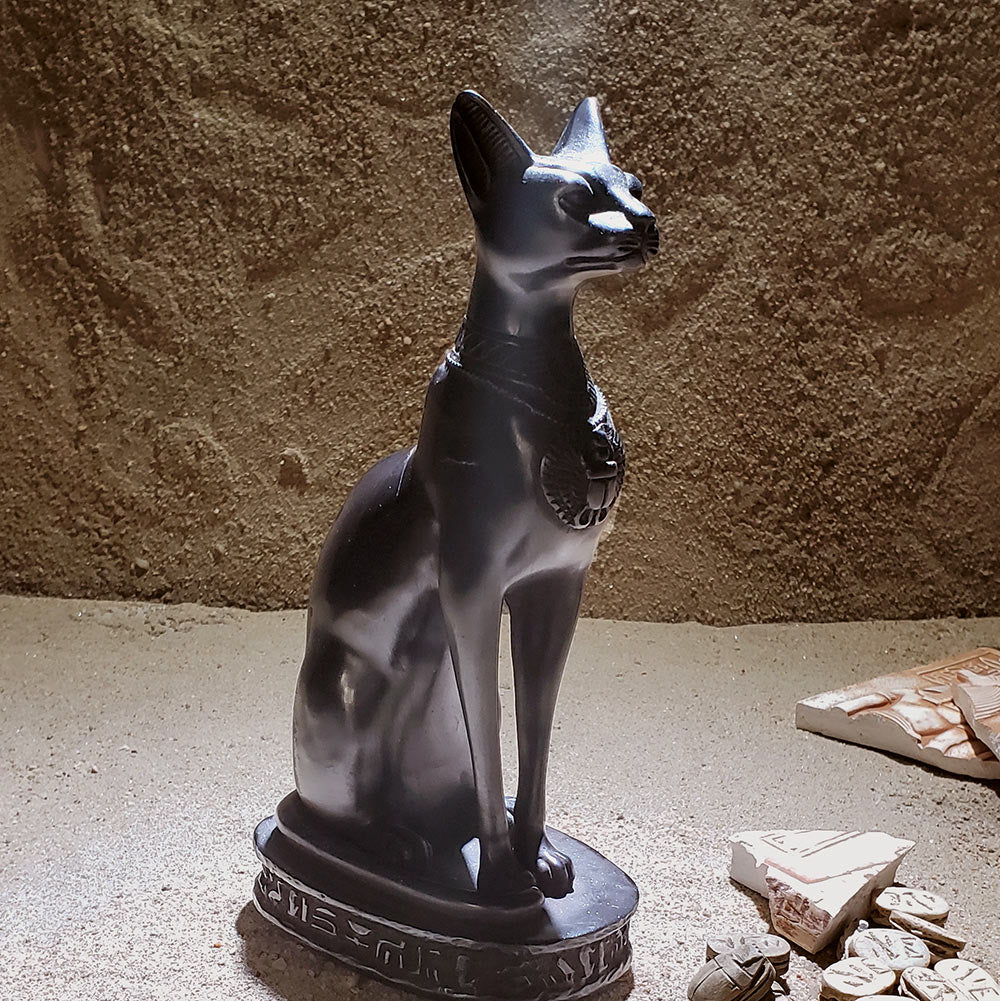Cobras in Ancient Egypt: Symbols of Power and Protection
One of the most iconic representations of cobras in ancient Egypt is the Uraeus, a rearing cobra often depicted on the headdresses of pharaohs and deities. This symbol represented Wadjet, the cobra goddess of Lower Egypt, who was believed to protect the land and its ruler. The Uraeus served as a protective emblem, signifying divine authority and the ability to vanquish enemies. It was often paired with the vulture of Nekhbet, representing Upper Egypt, to symbolize the unification of the two regions.


Cobras played a significant role in Egyptian mythology. Wadjet, depicted as a cobra or a woman with a cobra’s head, was one of the earliest deities in Egyptian culture. She was a guardian of the pharaoh and a symbol of the sun’s power, often associated with the eye of Ra, the sun god.

Cobras appear frequently in Egyptian art, from jewelry and statues to tomb decorations. They are often depicted with their hoods flared, a pose that conveys vigilance and readiness to strike. These images were not merely ornamental; they were imbued with protective magic, believed to ward off evil spirits and ensure safe passage into the afterlife.

Today, the cobra remains a powerful symbol associated with ancient Egypt. Its imagery continues to inspire art, literature, and film, serving as a reminder of the deep connection between the natural world and spiritual beliefs in one of history’s most fascinating civilizations.

Cobras, with their dual nature of danger and protection, encapsulate the complexity of ancient Egyptian culture. They were more than mere animals; they were emblems of divine authority, protectors of the land, and symbols of the eternal cycle of life and death.







